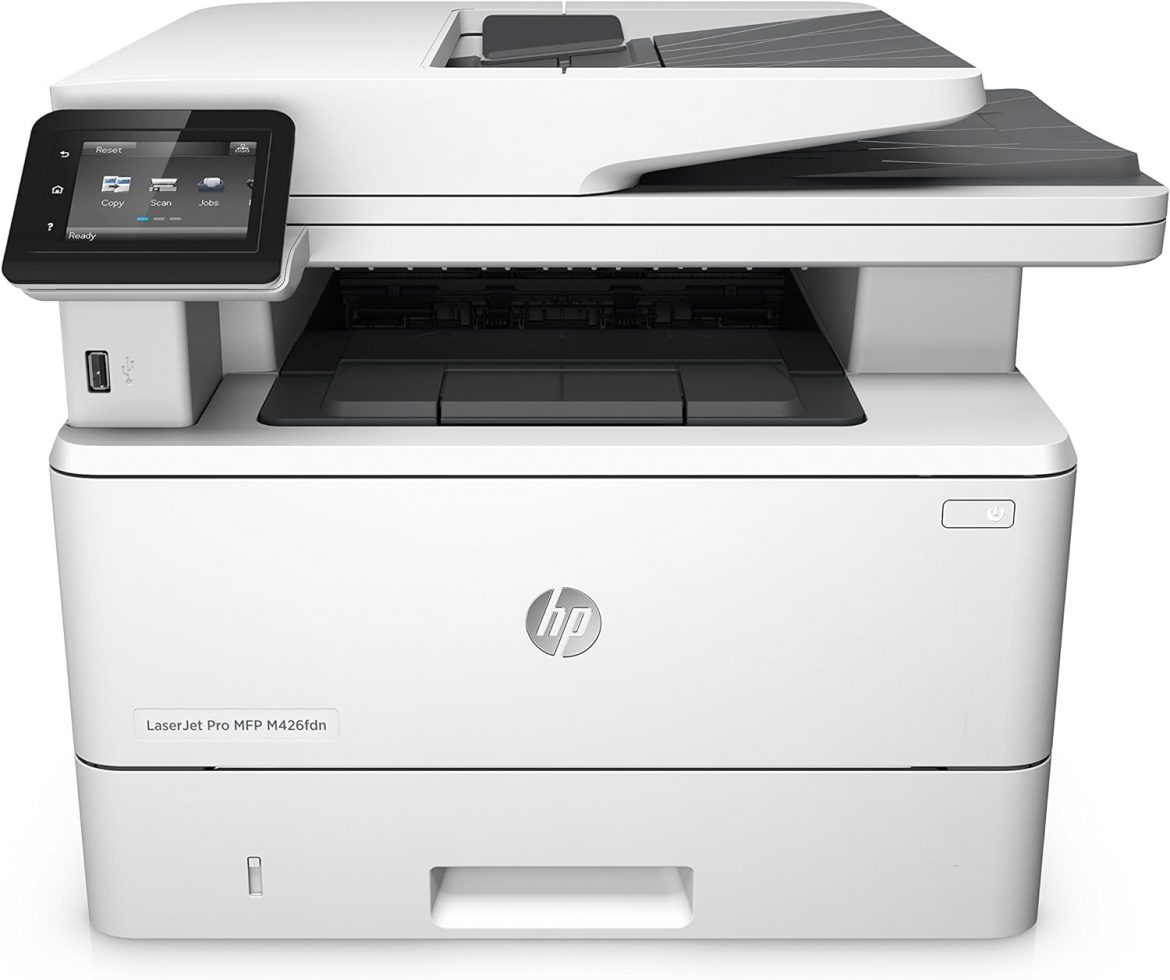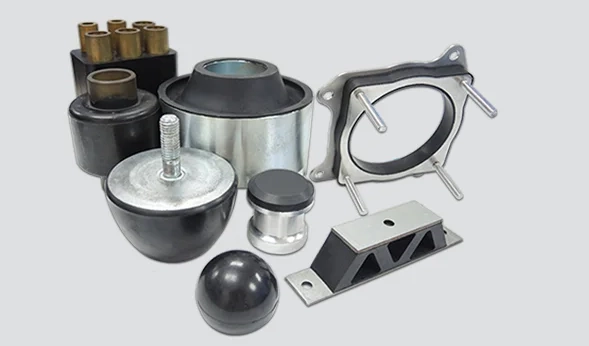In today's digital age, laser printing has become an indispensable technology that revolutionized the printing industry. From office documents to high-quality graphics, laser printers have become a staple in both professional and personal settings. But have you ever wondered how laser printing actually works? In this article, we will delve into the inner workings of laser printing, exploring the intricate processes that bring your digital files to life on paper.
- The Basics of Laser Printing:
Laser printing is a digital printing process that utilizes laser technology to reproduce text and images on paper. Unlike traditional printing methods, such as inkjet printing, laser printing involves a complex series of steps that ensure precise and high-quality output. - The Photoreceptor Drum:
At the heart of a laser printer lies the photoreceptor drum, a crucial component responsible for capturing and transferring the image onto the paper. Made of a light-sensitive material, the drum is initially given a positive charge. - The Laser Scanning Process:
The laser scanning process is where the magic happens. As the drum rotates, a laser beam is directed across its surface. This laser beam is modulated by the digital file being printed, causing it to selectively discharge areas of the drum corresponding to the image or text. - The Toner Application:
Once the drum has been selectively discharged, it moves on to the toner application stage. Toner, a fine powder composed of pigments and plastic particles, is attracted to the areas of the drum that still carry a positive charge. This creates a toner image on the drum, mirroring the digital file. - The Transfer and Fusing:
Next, the toner image needs to be transferred from the drum onto the paper. This is achieved by applying a stronger negative charge to the paper, attracting the positively charged toner particles. The toner is then fused onto the paper using heat and pressure, resulting in a permanent image. - Cleaning and Recharging:
After the transfer, the drum needs to be cleaned and prepared for the next printing cycle. Any residual toner is removed, and the drum is recharged with a positive charge, ready to receive the next image.
Conclusion:
Laser printing is a remarkable technology that combines precision, speed, and quality to bring digital files to life on paper. Understanding the intricacies of this process allows us to appreciate the complexity behind the seemingly simple act of printing. From the laser scanning process to the toner application and transfer, each step plays a vital role in ensuring accurate and vibrant prints. So, the next time you hit the print button, take a moment to marvel at the fascinating world of laser printing.



